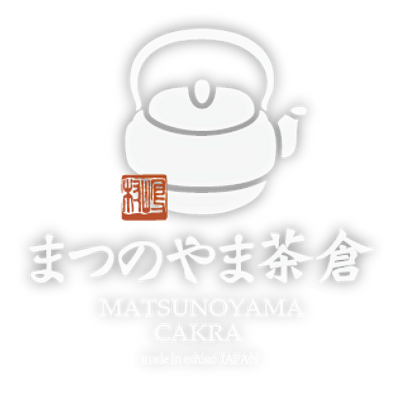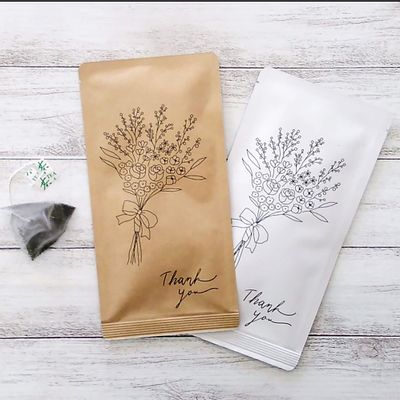10 Tea Leaves (Retail)
Size & Weight
Shipping
■All items will be shipped together from Orosy's contracted warehouse in Tokyo. Shipping costs are confirmed after all items arrive and are packed. You'll be billed separately for the product cost and international shipping. For details, click here.
■The average arrival period is around 4 weeks. Please note that in case of shipping delays, supplier related as well as any other issues.
Please contact support for details regarding your shipping status.
■ All food and beverage shipments to the United States require the purchaser's FDA registration number.
Buyers who do not have an FDA registration number or cannot share it with us will not be able to place an order.
■ Shipping may not be possible depending on the country. Please check your country's regulations before ordering. Orders from areas that cannot be shipped will be canceled.
Couldn't load pickup availability
Did you know that green tea and black tea are made from the leaves of the same tea tree? Tea undergoes fermentation. It is not fermented by microorganisms but by enzymes in the tea leaves that oxidize the polyphenols in the leaves while they are being rubbed.
The degree of fermentation also greatly changes the flavor, so the leaves of the tea tree are classified into six different colors in China to determine the type of tea when they are processed. These colors include green tea, white tea, yellow tea, blue tea, black tea, and black tea. The left side indicates less fermentation, while the right side indicates more well-fermented tea.
By the way, black tea is yeast-fermented. Some teas are fermented with fungi. Black tea is called Black Tea in English. The history and knowledge of the tea world are endless, allowing enthusiasts to immerse themselves in its magnificent world.
Tea originated in China, but green tea is mainly produced in China and Japan. It is said that the first tea Europeans drank after it was brought from China during the Age of Exploration was probably green tea. Later, well-fermented oolong tea made in southern regions such as Fujian became popular, and eventually black tea became the main type. And so on.
While there seems to be no established theory, the English have always loved black tea. In the past, Japanese black tea was not as popular worldwide, but in recent years, Japanese black tea production has been flourishing, and Japanese black tea has even been awarded the highest prize in world contests.
Senrei is also improving its black tea production techniques day by day. The tea has a very sweet aroma and is not too astringent, making it a refreshing beverage to enjoy.



























